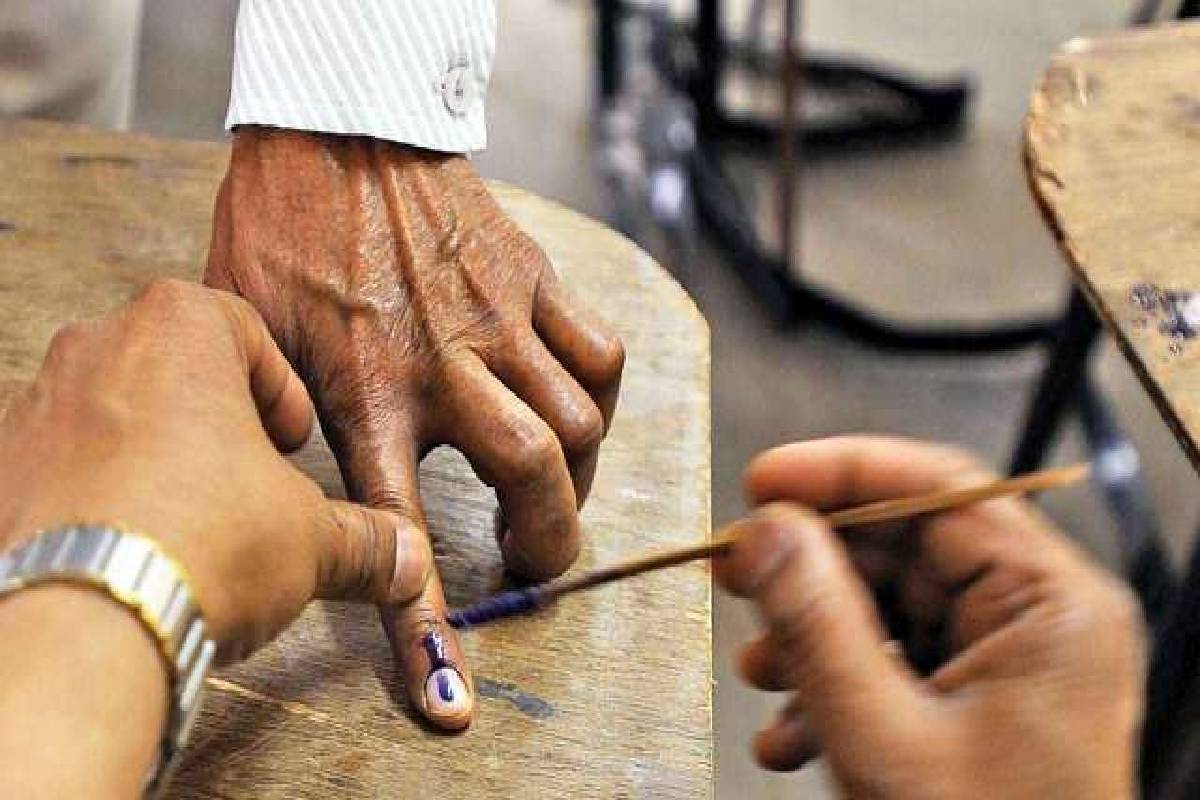UP set to become $1 trillion economy by 2029: CM Yogi
Uttar Pradesh Chief Minister Yogi Adityanath stated that the state is rapidly progressing toward becoming India’s largest economy.
The seven-phase Lok Sabha polls in Uttar Pradesh between April 19 and June 1 will pose a big challenge for the election authorities and political parties in bringing the voters to the booths in the scorching heat conditions in the state expected during the period.

(Representational image)
The seven-phase Lok Sabha polls in Uttar Pradesh between April 19 and June 1 will pose a big challenge for the election authorities and political parties in bringing the voters to the booths in the scorching heat conditions in the state expected during the period.
This time, the election period will be longer during the peak summer season in comparison to previous elections in 2014 and 2019, so the authorities will have to think of ways and means to bring the voters to their booths to increase the vote percentage in comparison to previous years.
Advertisement
Compared to the last two Lok Sabha elections, this time the election season in UP will be the longest. In 2014, from the announcement of the Model Code of Conduct to the last phase of voting in UP, the task was completed in 67 days. The 2019 Lok Sabha election process was completed in 69 days. Whereas in 2024, the Lok Sabha elections will last for 78 days in UP.
Advertisement
Weather experts have already predicted the rise in temperatures in April- May and monsoon.
The Meteorological Department estimates that this time in May, the temperature may touch 45 degrees Celsius. In such a situation, not only the voters but also the party workers along with poll personnel will have to struggle to remain outdoors.
The last assembly elections were held in February- March, 2022. Amidst the threat of Corona, voting was held in seven phases from February 10 to March 7 on 403 assembly seats. In this season of mild cold, about 59.65 per cent voting took place in the assembly elections.
The 2017 assembly elections in UP were held in 7 phases from February 11 to March 8 — the entire election was held in the spring. The effect of the pleasant atmosphere was also visible on voting and about 61.11 per cent voters reached the polling booth.
But in contrast, the Lok Sabha polls in UP have witnessed low turnout of voters due to heat conditions.
In 2014 LS polls, the average polling in the state was 58.44 per cent against the national average of 66.44 per cent when the polling was held between April 7 to May 12.
After several efforts in the 2019 LS polls, the UP polling percentage rose to 59.21 in comparison to the national average of 67.40. The polling was held between April 11 to May 19.
This time as the polling dates have been delayed and spread over a longer span of time, hence the authorities will have to face the brunt of the weather, experts say.
Advertisement